One of the great things about traveling with Insight Vacations on one of its “Easy Pace” journeys, in this case Russia, are the “relaxed” starts. There are no shove-offs before nine bells.
Hey, wait a minute. Wasn’t that cancelled so we could leave a little bit earlier than usual this morning? OMG, I’m late!
A photojournalist invited along to document the Easy Pace Russia experience, I scramble for my camera kit, dash out of my hotel room at the Radisson Royal, grab an elevator to the ground floor, race through the lobby like Usain Bolt (well, almost) and leap aboard the waiting motor coach curbside, with its engine running, completely out of breath.
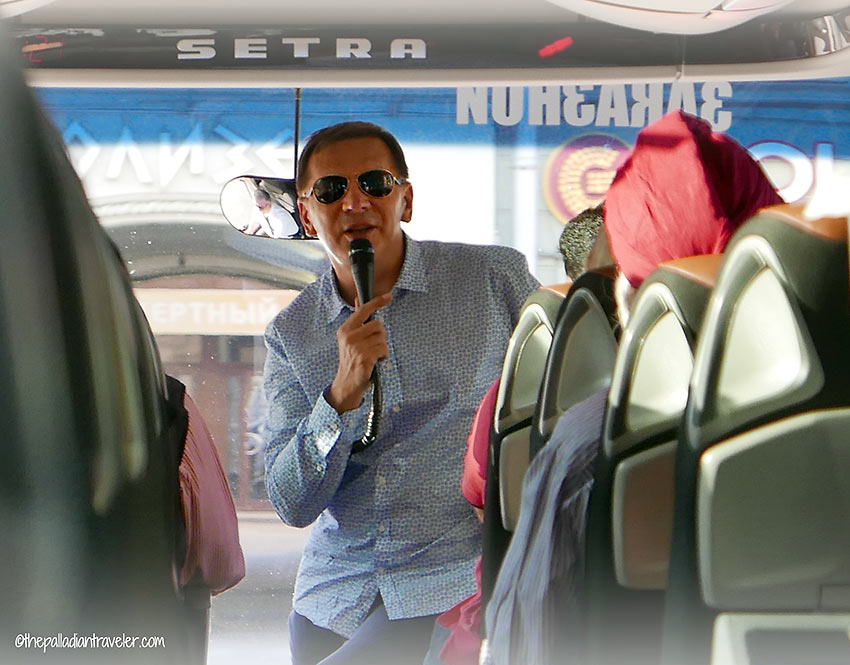
“MEA CULPA,” I embarrassingly cry out, as Gennady, our tour director, Vera, our local expert guide, and the 22 bona fide travelers already buckled into their seats, strum their fingers on the armrest or point at their watches. Slinking all the way to the back of the coach, like a political prisoner exiled to Sibera, I can feel the chill coming off everyone’s shoulders as I pass by.
Barely seated, “Alexander the Great,” our expert pilot, puts the sleek, state-of-the-art Mercedes carriage, with business class legroom seating, in gear and we’re into the flow of morning traffic in no time, heading towards the M8 motorway.
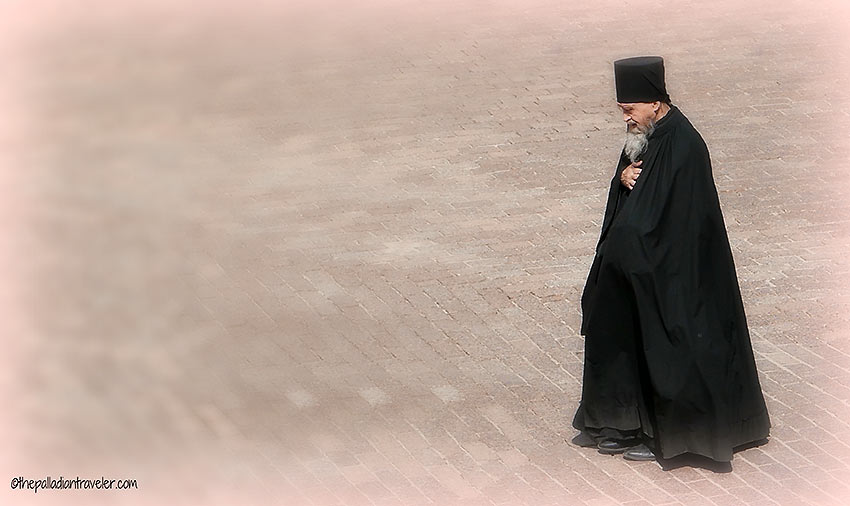
Where to? The Trinity Lavra of Saint Sergius, the most important monastery in the country and the spiritual center of the Russian Orthodox Church. Named after one of the Church’s most venerated saints, it’s located about 70km (42 mi) northeast of Moscow in Sergeyev Posad, one of a group of ancient “open-air museum” towns that form the Golden Ring.
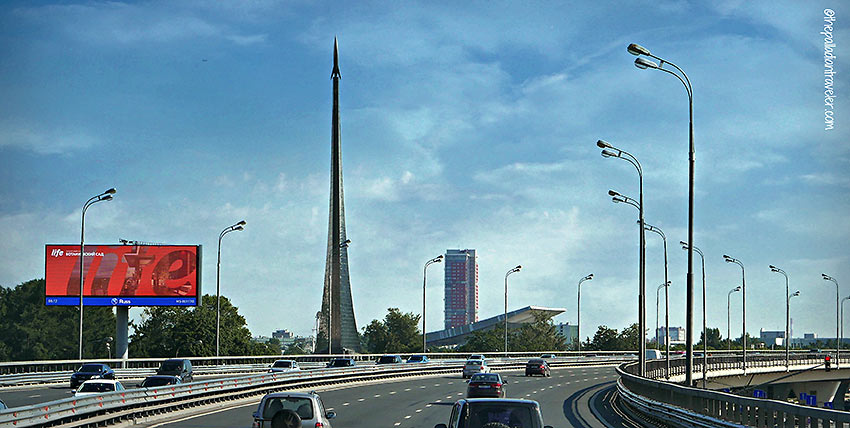
Along the way, we steal a glance at the Monument of the Conquerors of Space, a 107m tall, titanium depiction of a rocket rising on its exhaust plume that stands right above the Memorial Museum of Cosmonauts.
“In case you forgot,” announces Vera via the onboard sound system, “the very first man in space, Soviet cosmonaut Yuri Gagarin, made his historic single orbit around the earth aboard Vostock 1 on April 12, 1961.” She adds, “Ten months later, on February 20, 1962, American astronaut John Glenn countered as he orbited the earth three times aboard Friendship 7, and the manned spaceflight race between the USSR and the USA was seriously underway.”
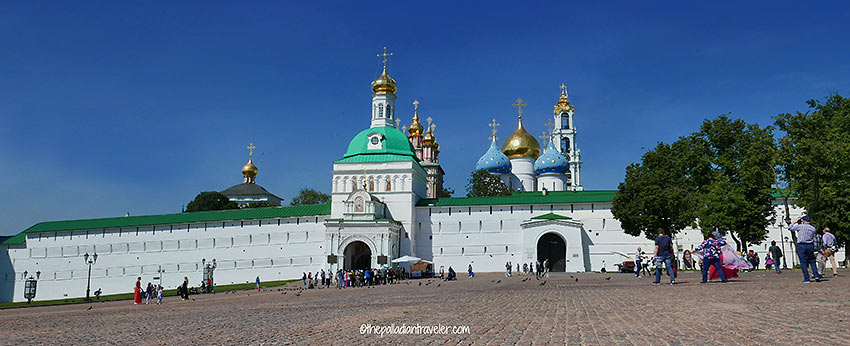
Speaking of the heavens, we’ve just arrived at the Trinity Lavra. Founded in 1337 with the building of a simple wooden church atop Makovets Hill to honor the Holy Trinity, one of the cornerstones in the religious teachings of Russian Orthodoxy, this monastic community is now a UNESCO World Heritage Site, one of 26 areas so recognized in Russia.
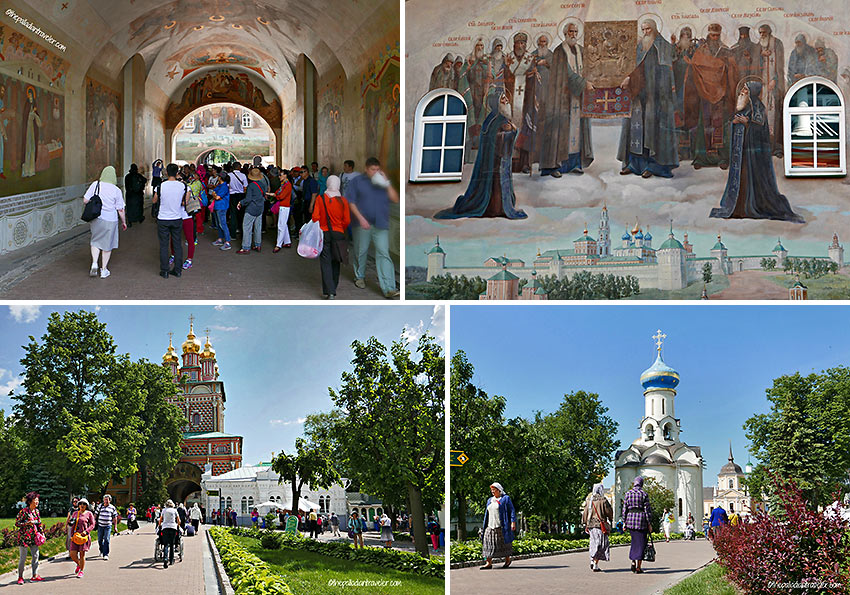
“In awarding World Heritage Site status,” comments Vera in our earbuds as we enter through the Holy Gate, “UNESCO cited the Trinity Lavra as an outstanding and remarkably complete example of an active Orthodox monastery that was characteristic of the period of its growth and expansion between the 15th and the 18th centuries.”
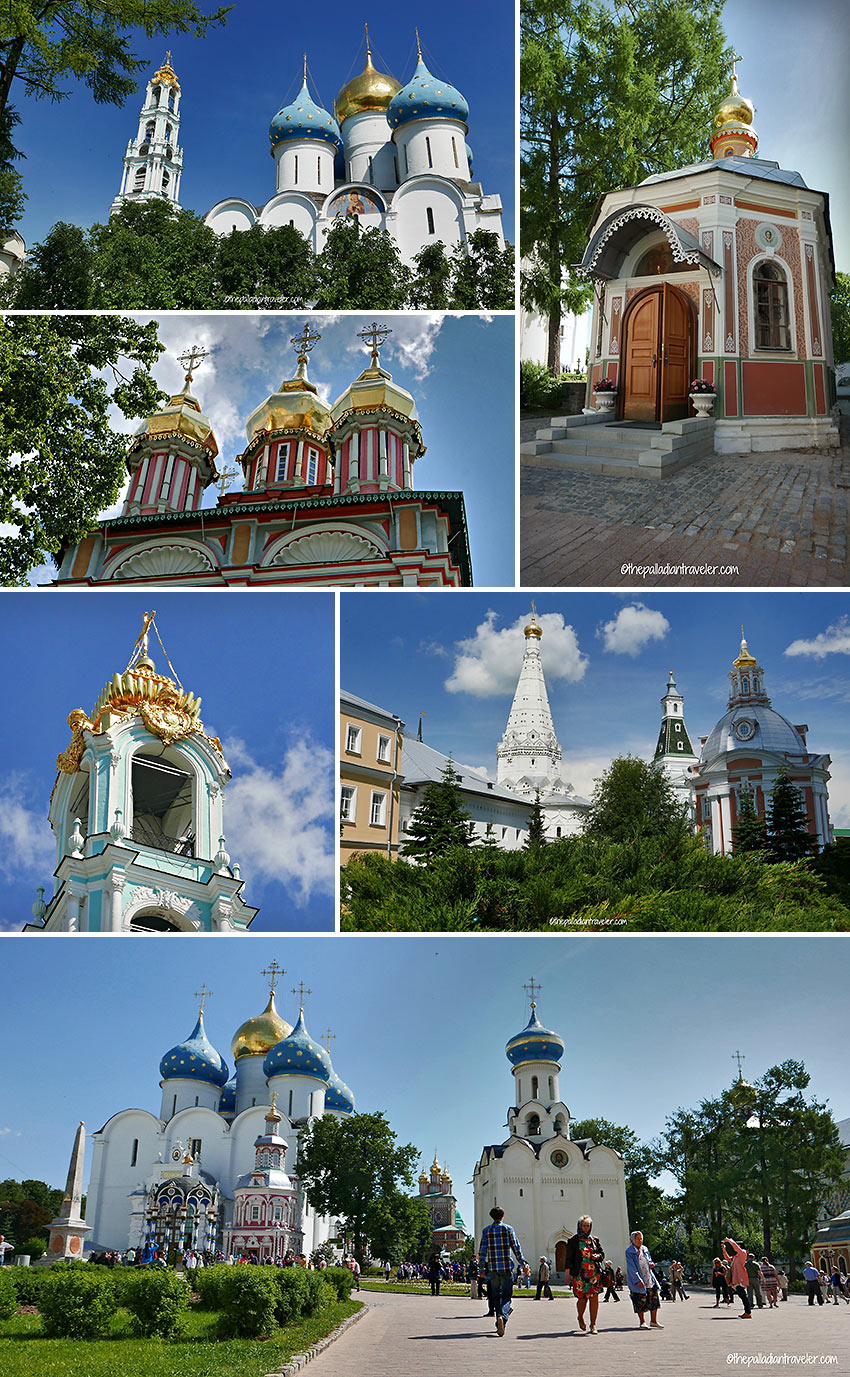
This sacred destination, both spiritually and architecturally, is a unique ensemble of more than 50 buildings and constructions. An angelic park-like setting — absolutely spotless despite the foot traffic — Trinity Lavra is simply stunning with life-sized murals adorning many of the facades and a skyline filled with gilded onion-shaped domes and glistening bell towers.
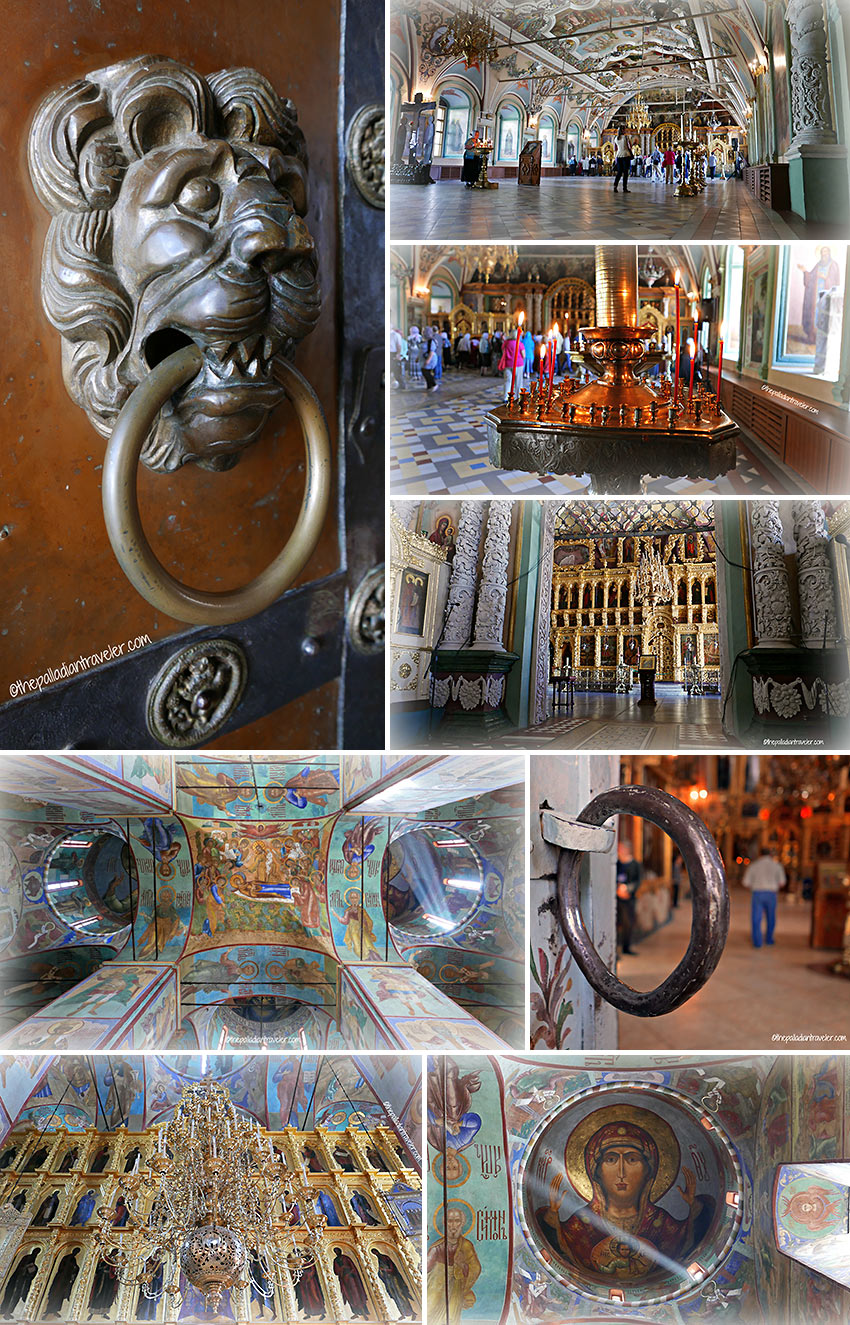
Inside the nine churches and cathedrals of the monastery are scores of religious artifacts, paintings, ceilings filled with heavenly frescos and walls draped in iconostases.
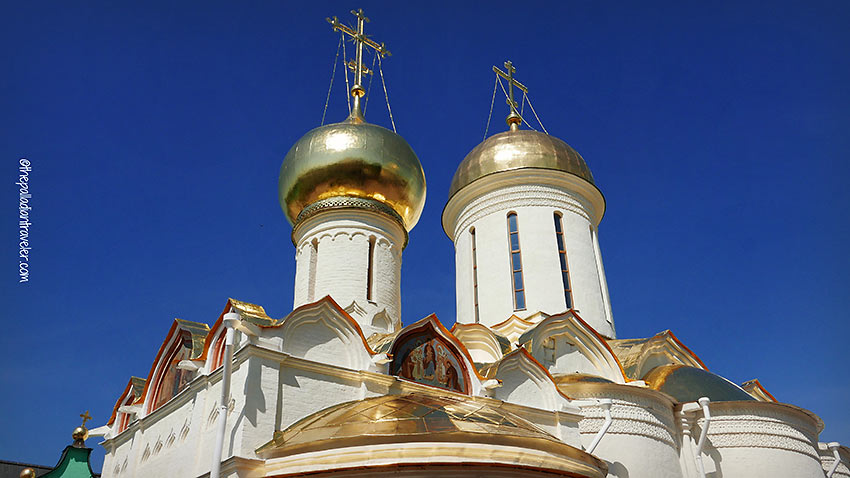
The holiest spot of Trinity Lavra is inside Trinity Cathedral where the relics of St. Sergius, the monk from Radonezh who founded the monastery, may be seen, but not photographed. Also noteworthy, the tomb of Boris Godunov, the tsar who ruled briefly between the Rurik and Romanov Dynasties, sits in the family mausoleum near the entrance to the monastery’s main church, the Cathedral of the Assumption.
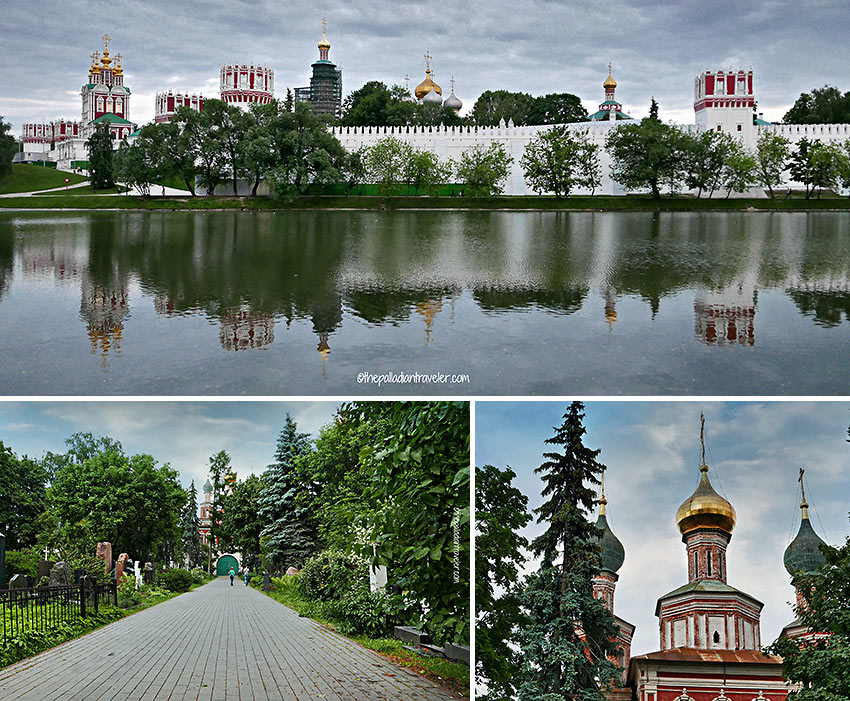
The Grim Reaper seems to be stalking us as our Insight motor coach returns to Moscow and drops us off in front of the entry gate to the most famous of the city’s cemeteries: Novodevichy Cemetery, where Russian history sleeps. Established just outside the south wall of the Novodevichy Convent, another UNESCO World Heritage Site, interment during Soviet rule was considered second in prestige only to burial in the Kremlin Wall Necropolis.
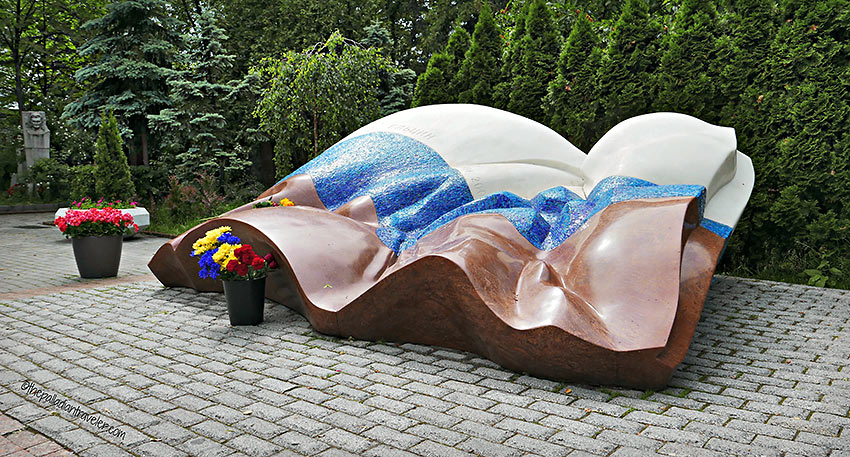
Today, the Novodevichy Cemetery, a veritable who’s who of Russian politics and culture, is the final resting place for only those symbolically significant burials, like more-recent arrivals Boris Yeltsin, the Russian Federation’s first president, and Mstislav Rostropovich, the world-renowned cellist.
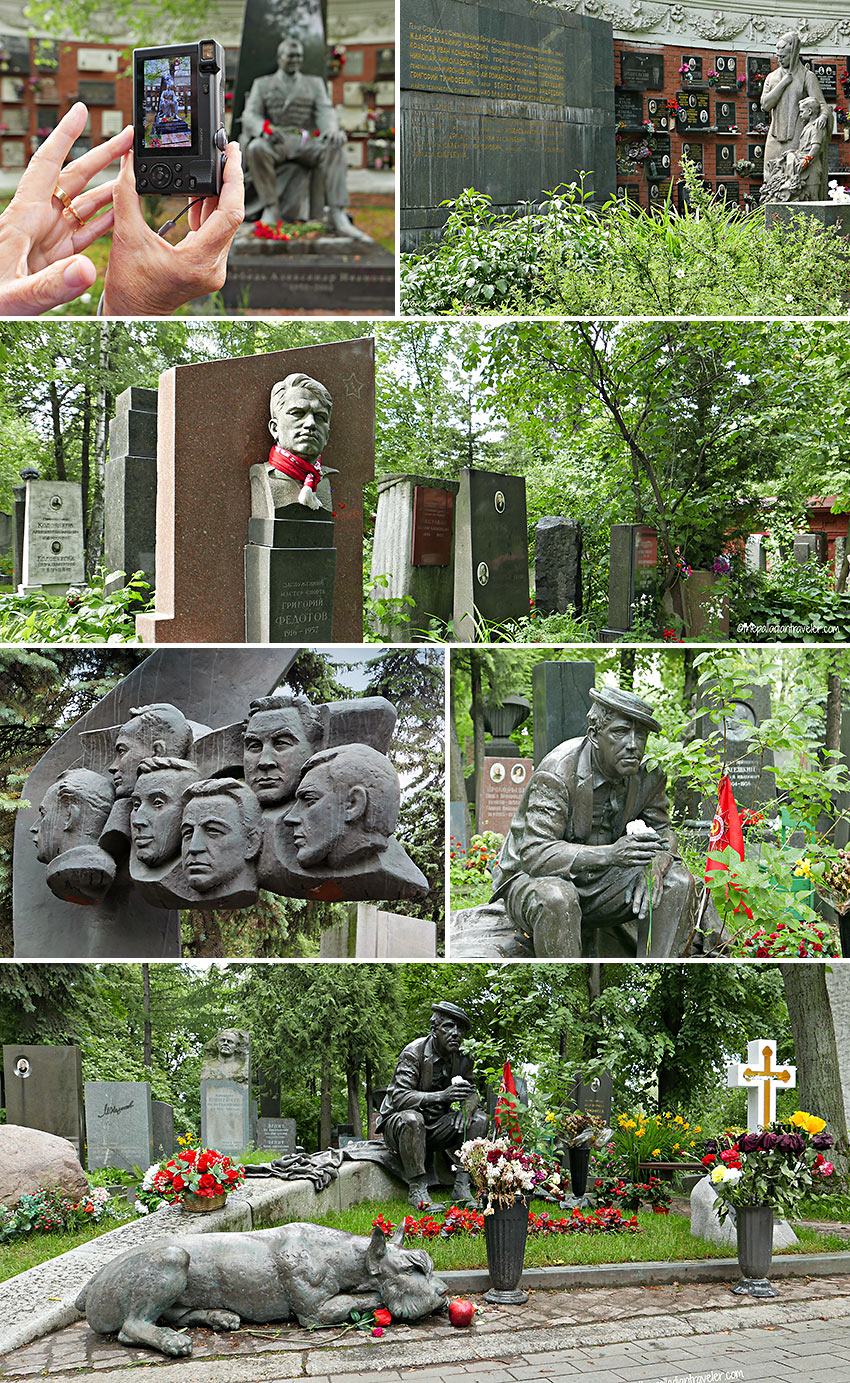
Just about every field of endeavor is represented, but only luminaries reside six feet under. From architects, athletes and artists, to composers, cosmonauts and chemists. Why, there are even a few spies buried here, along with a World War II female sniper — I swear I couldn’t find her grave marker — and a circus clown! Yuri Nikulin, the Buster Keaton-like, “brainy clown” of the big top, is interred in the most entertaining and most moving of the more than 27,000 plots contained within these hallowed brick walls.
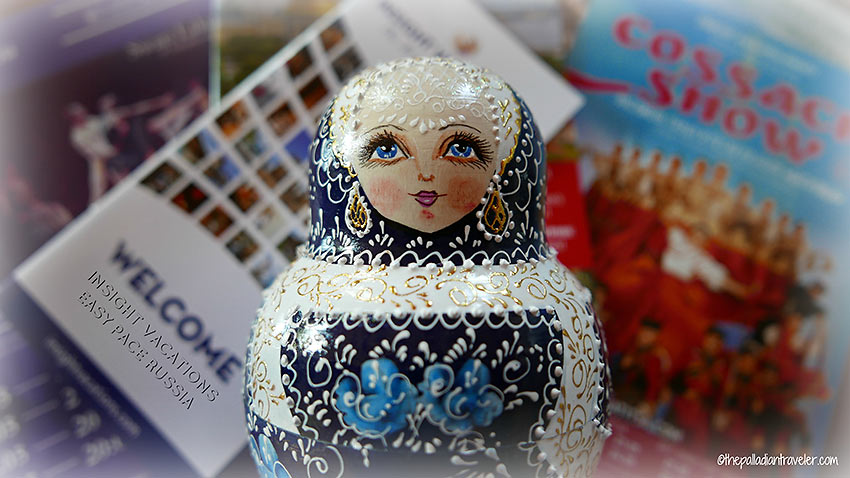
Go here for detailed information on Insight’s six journeys to Russia, as well as more than 100 other premium and luxury-escorted routes around Europe, or call toll-free (888) 680-1241, or contact your travel agent.
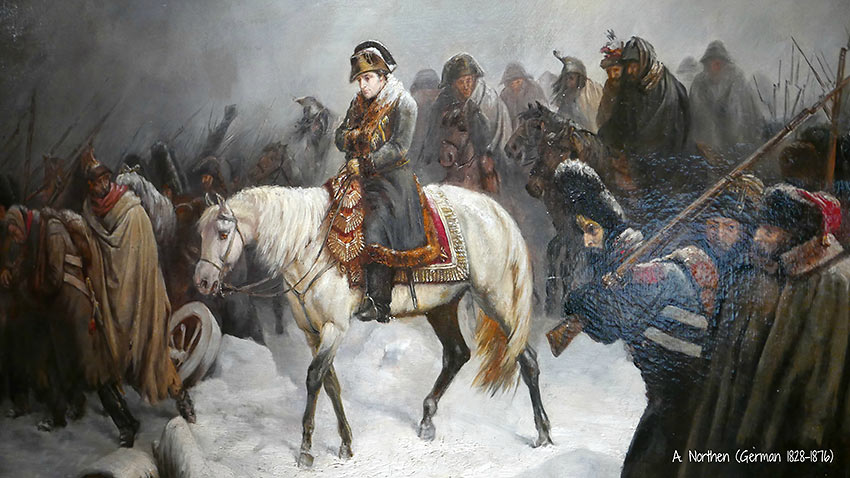
You’ve heard the expression, “Napoleon slept here,” right? Well, we’re soon to find out why his stay in Moscow didn’t last very long when we pay a visit to the Borodino Battle Panorama Museum to relive the Grande Armée of France’s bloody skirmish against the Russian Army on September 7, 1812.

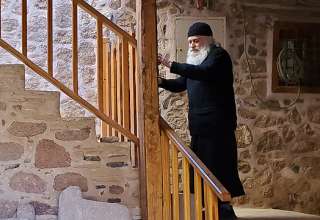
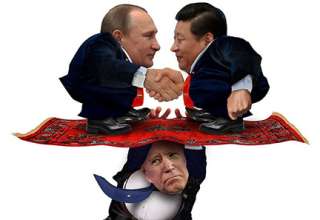

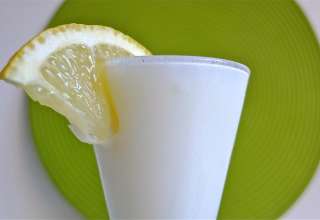
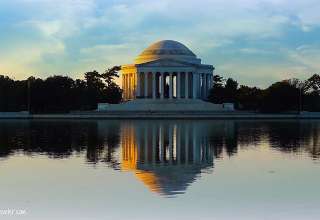


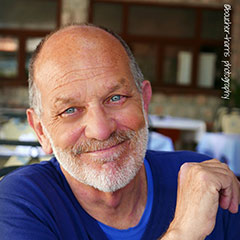
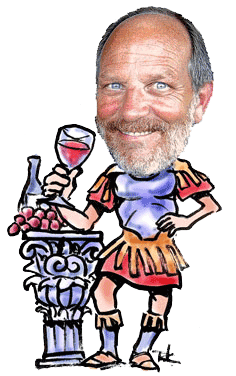 "Travel and change of place impart new vigor to the mind." – Seneca (1st Century Roman philosopher, statesman and dramatist)
"Travel and change of place impart new vigor to the mind." – Seneca (1st Century Roman philosopher, statesman and dramatist)















